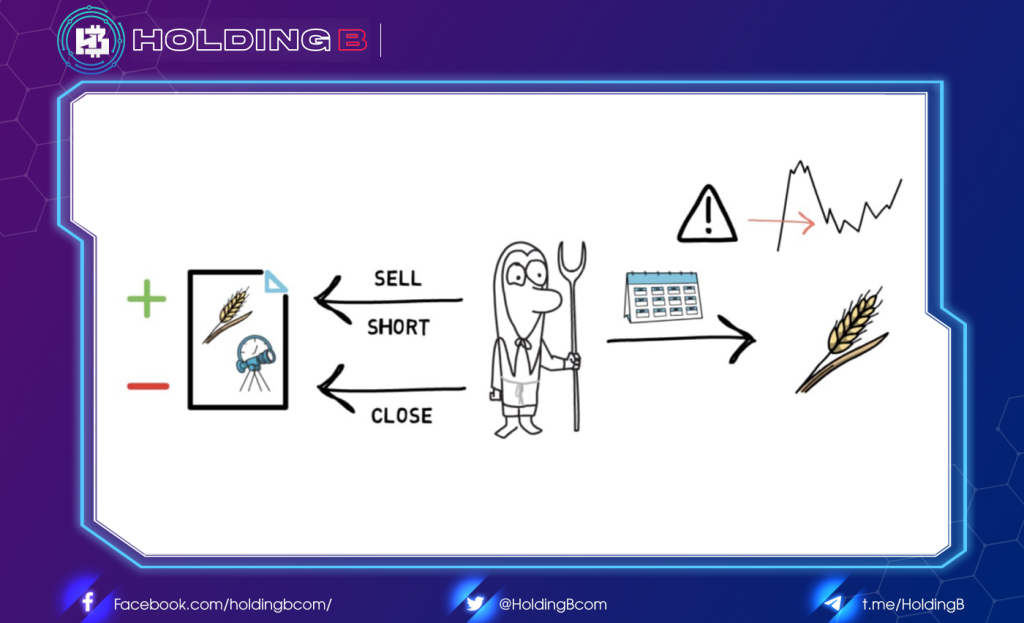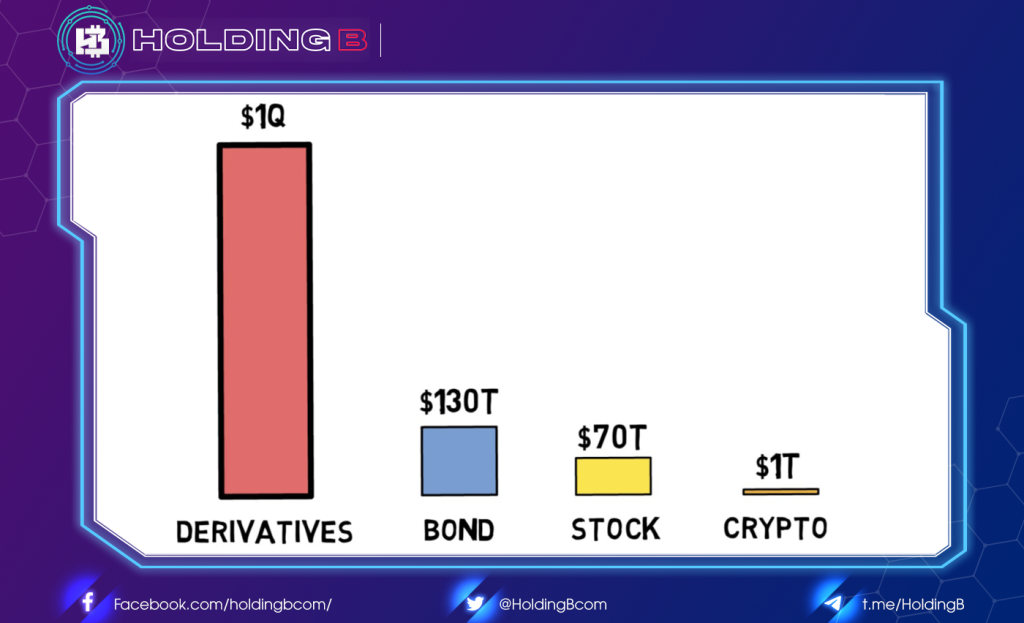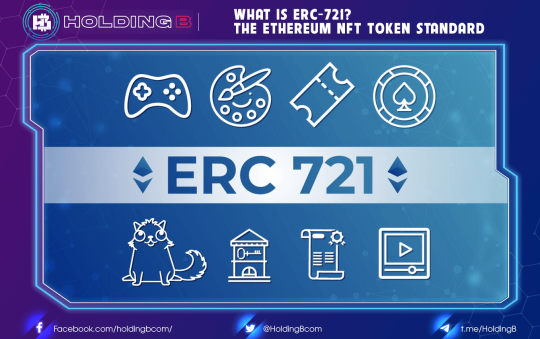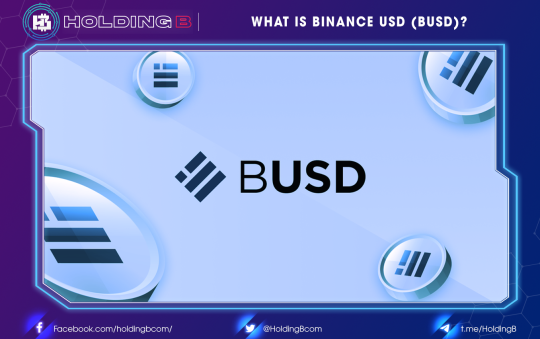Derivatives
Derivatives are one of the key elements of any mature financial system. As the name suggests derivatives derive their value from something. This “something” is usually the price of another underlying financial asset such as a stock, a bond, a commodity, an interest rate, a currency or a cryptocurrency. Some of the most commonly used derivatives are forwards, futures, options and swaps.

There are two main use cases for derivatives: hedging and speculation. Hedging allows for managing financial risks. To understand hedging a bit better let’s revisit one of the commonly used examples.
Imagine a farmer that primarily focuses on growing wheat. The wheat price can fluctuate throughout the year depending on the current supply and demand. As the farmer plants wheat, they are committed to it for the entire growing season which presents them with a big risk in case the price of wheat is low when the harvest time comes.
To accommodate this risk, the farmer will sell short wheat futures contracts for the amount that they predict to harvest. As the time of harvest approaches, the farmer will close their position and incur a profit or a loss depending on the price of wheat.

If the price of wheat is lower than initially anticipated the short position makes a profit that offsets the loss from selling the actual wheat.
If the price of wheat is higher, the short position will be at a loss but the profit from selling the wheat offsets that loss.
What is important to understand is that no matter what happens to the wheat price the farmer will end up with a predictable income.
To stay in the agricultural world, yield farmers in decentralized finance can also use hedging to offset a potential loss that can occur if the price of one of the tokens used for yield farming loses its value in relation to another token. This can happen, for example, while providing liquidity to an automated market maker like Uniswap and is known as impermanent loss.
Besides our agricultural examples, derivatives allow other crypto companies to hedge their exposure to different cryptocurrencies and run more predictable businesses.
The other popular use case for derivatives is speculation.
In a lot of financial instruments including derivatives, speculation can represent a significant amount of traded volume. This is because derivatives offer an easy exposure to particular assets that may be hard to access otherwise, for example, trading oil futures instead of actual barrels of oil. They can also provide easy access to leverage – a trader can purchase a call or a put option by providing only enough funds to cover the option premium and gain exposure to a significant amount of the underlying asset.
Speculators are important market participants as they provide liquidity to the market and allow people, who actually need to buy a particular derivative to hedge their risk, to easily enter and exit the market.
Derivatives have a long and interesting history. From clay tokens representing commodities traded by the Sumerians, through the use of “fair letters” to buy and sell agricultural commodities in Medieval Europe, to the establishment of the Chicago Board of Trade (CBOT) in 1848 – one of the world’s oldest futures and options exchanges.

When it comes to more modern times, derivatives have been one of the major forces that drive the whole financial industry forward since the 1970s.
The total market size of all derivatives is estimated to be as high as $1 quadrillion which completely dwarfs any other market including the stock or bond markets and of course the tiny cryptocurrency market that has just recently touched the $1 trillion mark.

Every growing market naturally develops its own derivatives market that can end up being an order of magnitude bigger than its underlying market.
This is also why a lot of people in the decentralized finance space are extremely bullish on the potential of decentralized derivatives that, in contrast to traditional finance, can be created by anyone in a completely permissionless and open way. This in turn increases the rate of innovation that has been stagnating in traditional finance already for a while.
The most important derivatives protocols in DeFi.
Synthetix
As the leading derivatives platform in the DeFi sector, Synthetix allows for permissionless synthetic asset creation tied to the value of real-world assets.
With a vast range of Synths representing various fiat currencies, bonds, commodities and cryptocurrencies, the platform offers exposure to traditional markets directly with cryptocurrencies. To interact with different Synths, we recommended visiting Mintr. It’s important to note trading on the platform required the usage of Synthetix native stablecoin – sUSD.
Why Synthetix?
- Synthetix utilizes a native ERC20 token – SNX – as collateral to mint Synths. All Synths are overcollateralized to the tune of 800%, meaning every derivative is backed by significantly more collateral than it’s outstanding market cap.
- Transaction fees on Synthetix’s non-custodial DEX go to SNX holders and Synth minters, incentivizing Synth creation and giving value to the underlying collateral.
- Synthetix offers incentives to those providing liquidity on Uniswap and Curve for sETH and sUSD pools
dYdX
As a hybrid platform offering DEX, lending and leverage, dYdX is a unique provider of permissionless derivatives. Traders can use dYdX to open up a position with up to 5x leverage on Ether, with the expectation of other assets being added in the near future.
Why dYdX?
- Assets supplied to the exchange constantly earn interest, even while being used on an open position
- dYdX fronts transaction costs on behalf of their users, making the only transaction cost the initial deposit and withdraw
- Anyone can participate in liquidation auctions to purchase liquidated collateral at a discount.
Uma
Uma is a rising protocol allowing for the permissionless creation of synthetic tokens. Unlike Synthetix, anyone can create a synthetic token which tracks whatever asset, information or index they see fit so long as there is a proper way of monitoring that information.
Why Uma?
- Uma introduced priceless tokens which help aide against oracle manipulation
- Anyone can contribute liquidity to a synthetic token and earn fees when it is traded.
Are derivatives safe?
On all the aforementioned platforms, all derivatives are well overcollateralized. While the degree of overcollateralization varies across different platforms, there are incentives in place for actors to profit off identifying undercollateralized assets.
Where can I trade derivatives?
Most derivatives can be traded directly on the platform’s native exchange. In the event this is not an option, derivatives are commonly exchanged on DEXs like Uniswap.
Read more: Blockchain Oracles Paving The Way for Decentralized Web 3.0
See ya in the next article !
Don’t forget to follow useful articles about Crypto Market from team Holding B !!!
- Telegram Channel: https://t.me/HoldingBcom
- Telegram Group: https://t.me/HoldingB
- Website: https://holdingb.com/
- Twitter: https://twitter.com/HoldingBcom
- Facebook: https://www.facebook.com/holdingbcom





